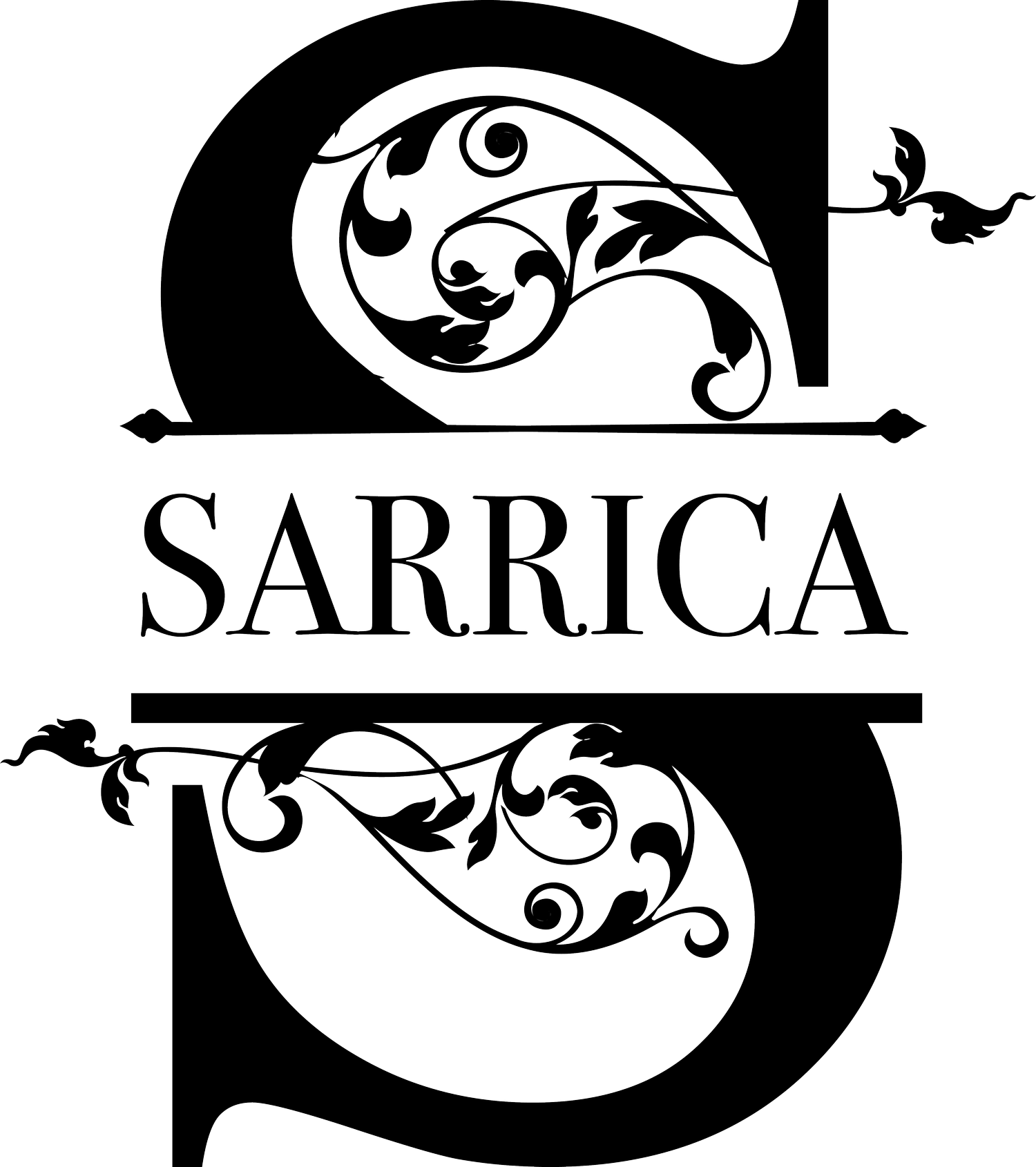How to Improve Your Grappling Game with Physical Therapy
Grappling in mixed martial arts (MMA) is a demanding physical activity that places immense strain on your body. Whether you are engaging in Brazilian Jiu-Jitsu (BJJ), wrestling, or submission grappling, the movements require strength, flexibility, and endurance in specific muscle groups and joints. When done incorrectly or repetitively without proper care, these movements can lead to injuries. Physical therapy is an essential tool to improve your grappling performance by enhancing your mobility, joint stability, strength, and overall conditioning.
In this blog, we’ll break down the biomechanical demands of grappling and how specific physical therapy techniques can help you excel on the mats.
The Biomechanics of Grappling
Grappling in MMA requires the following key movements:
Pulling and pushing motions: Used for control and submissions, often placing strain on the shoulders, elbows, and wrists.
Rotational movements: Key for escaping positions, throws, and sweeps, primarily affecting the hips and core.
Grip strength and endurance: Necessary for controlling opponents, leading to stress on the hands, wrists, and forearms.
Isometric holds and contractions: Holding dominant positions, such as mount or guard, requires endurance in the core, shoulders, and legs.
Takedowns and sprawls: These dynamic movements require explosive power from the hips and legs and place significant strain on the knees and ankles.
Now, let's explore how physical therapy can enhance these areas.
1. Joint Flexibility and Mobility
Flexibility is critical in grappling, especially in the hips, shoulders, and spine. For example, tight hip flexors can limit your ability to move smoothly into positions like the guard or execute escapes. Similarly, shoulder mobility is essential for submission defense and the ability to generate power from awkward angles.
2. Strengthening Key Muscle Groups
Grappling relies on strength in multiple muscle groups, including the core, back, shoulders, and legs. Building strength, especially in stabilizing muscles, can significantly improve performance in takedowns, submissions, and positional control.
3. Improving Endurance and Isometric Strength
Grappling often involves isometric contractions, such as holding a dominant position or maintaining grip control. Fatigue can quickly lead to losing an advantageous position, which is why endurance and isometric strength are critical.
4. Injury Prevention and Recovery
Injuries are a common risk in grappling due to the intense nature of the sport. Joint locks, submissions, and dynamic throws can lead to sprains, dislocations, or overuse injuries. Physical therapy not only helps you recover from injuries but also plays a crucial role in preventing them by addressing imbalances and weaknesses in your body.
Physical therapy is a valuable resource for improving your grappling game in MMA. By focusing on joint flexibility, muscle strength, endurance, and injury prevention, a skilled physical therapist can help you address specific weaknesses and enhance your overall performance. Whether you're recovering from an injury or looking to gain a competitive edge, incorporating physical therapy into your training regimen can significantly boost your grappling skills and help you stay on the mats longer.
Start working with a physical therapist at Sarrica PT in Bay Ridge Brooklyn today to unlock your full potential and become a more resilient and efficient grappler! Call our office at 347-560-6920 or request an appointment online.







